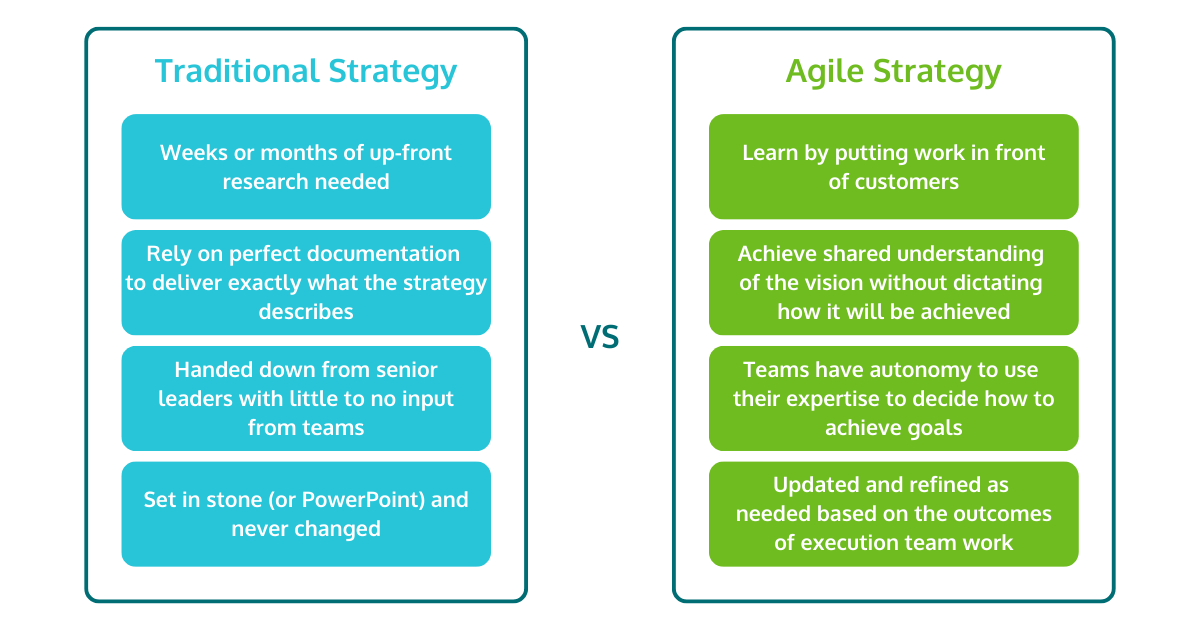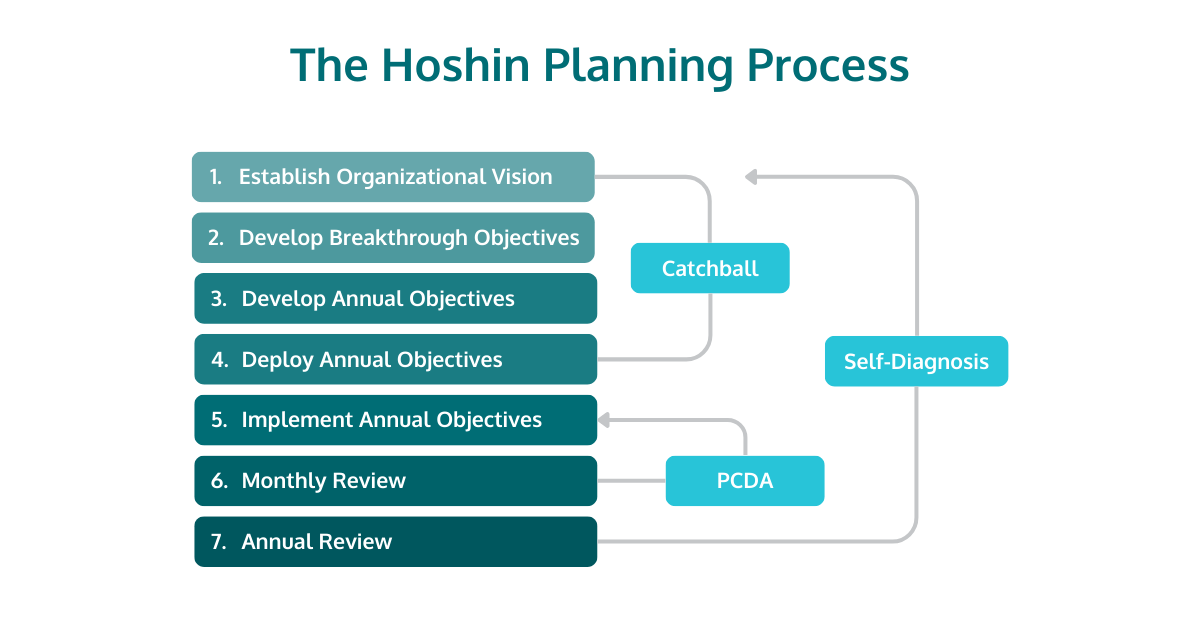Improve your Marketing Ops every week
Subscribe to our blog to get insights sent directly to your inbox.
Confront your process problems head on with a Sherpa by your side.
Explore support options that are tailored to meet you wherever you are on your climb.
Browse our pioneering Agile marketing courses
Learn from the stories of marketers already on the road to process improvement.
Featured Resource

State of Agile Marketing
Learn from 8 years of study on how marketers are increasing their agility.
Download Report
We marketers are used to a lot of frustrating challenges. Deadlines get missed, work doesn’t ultimately contribute to organizational goals, and too often we end up asked to do things that are just plain unrealistic.
We usually end up trying to solve these problems at the point we experience them: by adjusting deadlines, switching tools, or making everyone sit down for another meeting to run through how the process is supposed to work.
The layers of bandaids can get so thick that we can’t see what the original problem even was.
That’s because these challenges often started much earlier. Oftentimes we can trace them back to the marketing objectives themselves.
So before you sink more hours into changing processes or tools, you should spend some time optimizing the marketing objectives you’re trying to achieve in the first place.
Let’s start with a better understanding of just what marketing objectives are and how they’ve traditionally been used. At its most basic, a marketing objective is a defined, measurable goal for a marketing activity.
Simple, right?
At face value, yes, which is why not thinking much about them is so common.
It’s easy to spend 5 minutes choosing an objective you might spend weeks or months trying to achieve.
As a result, objectives end up poorly defined, or even impossible to measure. For example, a marketing objective might be to “improve brand recognition.” But what does that mean? What metrics would be used to define success?
In other cases, objectives might be well defined but still manage to do long-term damage at the expense of short-term gains.
For example, you might set a marketing objective to increase the creation of new accounts by 10% in the third quarter. The issue here is that this objective could be accomplished with spammy tactics that bring in poor-quality accounts that nearly all fail to stay on.
So the marketing objective was technically achieved, but the company ended up worse off.
The list of potential issues with marketing objectives is long, but here are a few common problems:
Obviously, we end up with bad marketing objectives all the time, but what causes this?
The issue most at the root of these problems is when marketing isn't part of a broader strategy and therefore isn’t tied to business outcomes. Data we’ve collected shows how most traditional marketers can’t connect their daily activities to corporate strategy and objectives.
First, this hurts the ability of marketers to be effective.
It’s much harder to get excited and motivated about achieving objectives that don’t obviously contribute towards anything greater.
Second, even when these marketing objectives are achieved, without this connection that success will always have limited impact on the bigger picture.
Finally, even when you start with good marketing objectives the impact can be limited when they don’t evolve as circumstances do. It’s a bit like working with a computer that was state of the art in 2008.
Just because that computer was ideally suited for your tasks then doesn’t mean it will remain so forever. Marketing changes a bit faster than microprocessors, so our objectives need to be prepared to change too.
Otherwise, marketing objectives fall prey to everything on the previous list from being too prescriptive to not being measurable. The good news is that there’s plenty you can do to avoid all these problems.
The first rule to follow here is quality over quantity.
Even if you have a lot of resources, it’s best to focus on 3-5 objectives at any one time.
Trying to focus on more spreads your capabilities out too thinly and reduces the likelihood of success. For marketers, it’s always helpful to have a short list of objectives because that makes it easier to keep them in mind.
Then, each of these objectives should be broken down into multiple layers of projects and tasks, each assigned to an owner. This division of labor helps ensure things get done, because one single person bears ultimate responsibility for each individual element.
Fewer marketing objectives are also powerful because the more objectives you have, the more deliverables you have to create. That makes it easy for teams to get overburdened by more context switching, mismanagement of priorities, and excessive workloads.
With that rule in mind, let’s begin with the most critical foundation for great marketing objectives: strategy.
Great marketing objectives without a strategic vision are like foundations to a house built the wrong size and in the wrong location.
They can be great on their own, but they also can’t serve as the foundation for anything greater.
The trick is to balance the need for a strategic vision with the need to remain adaptable in how you achieve that vision as circumstances change. For marketers, the best place to begin is with an Agile strategy.

Instead of laying out years of precise actions and objectives, this kind of strategy focuses on creating a shared vision that marketers can achieve through flexible execution.
This approach helps ensure marketing objectives stay focused on longer-term goals, avoiding the damaging short-term activities we mentioned earlier.
Another organization-level approach to building everything from a vision down to objectives and reviews is Hoshin Kanri. It begins with a vision for the company and enables it to draw a clear line from that vision all the way down to the creation of things like marketing objectives. It also helpfully integrates reviews to ensure continuous improvement happens along the way.
This process helps ensure the system isn’t top-down, but develops strategies and objectives based on mutual agreement between leaders and managers.

If you’re interested in a single system to tie strategy in with objectives, Hoshin Kanri is a good option.
No matter how you approach it, always ensure you have a strategic vision you can clearly tie your marketing objectives back to.
Another common issue we outlined earlier was that marketing objectives are often not reasonable and lack a clear definition of success. Fortunately, SMART goals are specifically designed to help you avoid those problems.
The SMART stands for:
By using this as a kind of checklist whenever you’re developing marketing objectives, it becomes far easier to avoid all the potential pitfalls we listed previously.
After all, telling a marketing team their objectives need to fulfill all these criteria is one thing, but getting them to consistently implement those recommendations is another. Using a checklist increases the chances nothing important gets forgotten so habits can be built over time.
What does all this advice look like in practice? Let’s run through a few examples to better understand what your marketing objectives should look like. That begins with an example of a broader strategic goal.
In this case, let’s say your organization wants to Increase revenue by 35% during the next year.
You might begin Q1 with objectives like:
If things go well, your Q2 marketing objectives might build on those successful strategies. If you failed to achieve these goals, you might try other tactics to improve conversions and retention, or look at other metrics you can improve to drive revenue generation.
That brings us to the last major thing to keep in mind when improving your marketing objectives.
While all the criteria we’ve laid out so far are important, getting better marketing objectives doesn’t end when you’ve created them. Adapting your objectives as you go is just as important.
Here’s how you can do that.
As mentioned, remaining flexible in how you achieve your objectives, as well as in what your objectives are, is essential if you’re going to achieve your long-term strategic goals.
For one, this means avoiding the sunk cost fallacy by changing when circumstances do.
After all, if it’s clear that a marketing objective isn’t realistic three weeks into the quarter when you’re working to achieve it, there’s no point pouring resources into it for the remainder of the quarter.
This is especially true when your objectives come from leaders who may be removed from the situation on the ground for marketers. You can’t simply treat their word as law, you need to leverage on-the-ground experience and information to create objectives that balance those realities with what leadership wants to achieve.
Tied in with that need for flexibility is the importance of giving marketing teams the freedom to decide how to achieve their objectives.
A useful framework for this is differentiating between who determines the “what” and who determines the “how.”
In short, leaders provide the “what” in the form of objectives, while the marketers themselves provide the “how” by deciding the best way to achieve them. This division is the backbone of the flexibility marketers need to do their best work.
Finally, when creating marketing objectives, don’t forget to take the time to evaluate what went well before, test out ideas, and incorporate learnings into your next set of objectives.
The best way to do this is generally through regular retrospective meetings where teams can share ideas, criticisms, and generally find better ways to accomplish their goals next time.
Tying all of these ideas for better marketing objectives together is Agile.
Instead of working to make small fixes and improvements to how your marketing sets its goals, investing in a new way of working with continuous improvement built in offers a more efficient way to reinvigorate your entire marketing department.
If you’re curious to learn more about how Agile marketing can empower you to achieve your goals, you can quickly and easily learn the basics through one of our varied Agile courses.
Whether you start with some free self-paced starter courses or dive into an instructor-led cohort to get the ball rolling quickly, we’ve got options for all your needs.
Subscribe to our blog to get insights sent directly to your inbox.
Subscribe to our blog to get insights sent directly to your inbox.